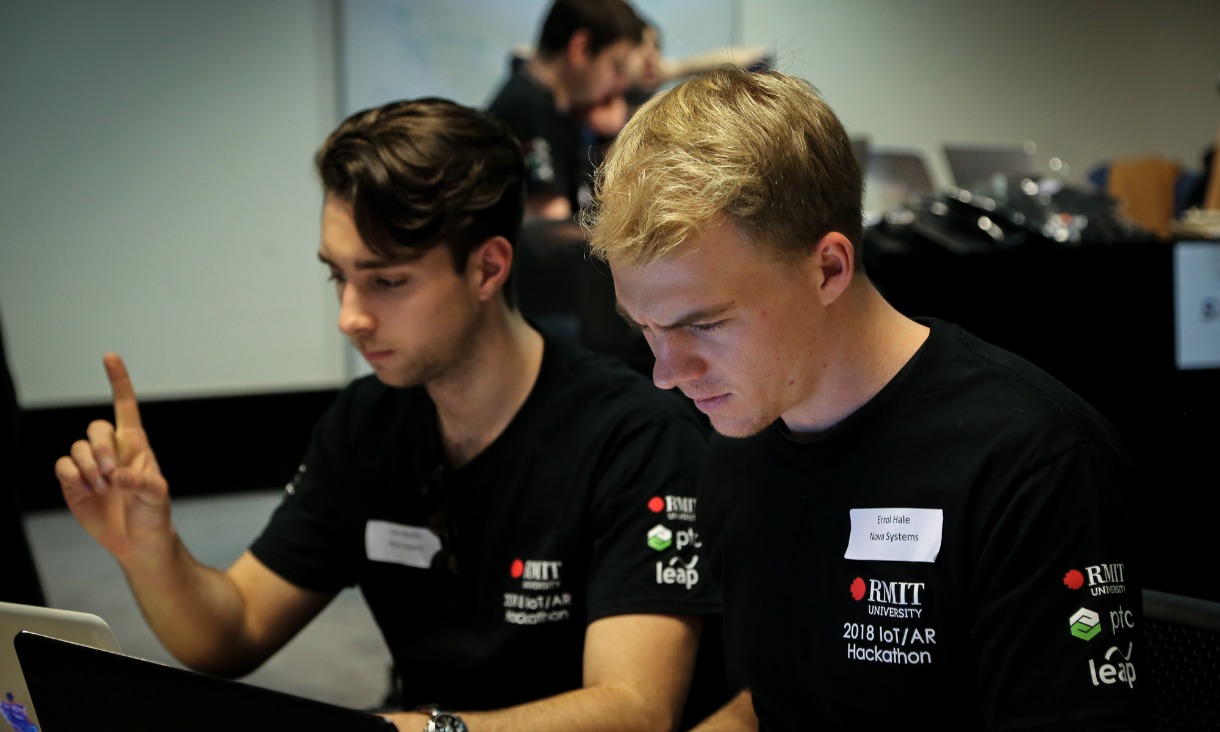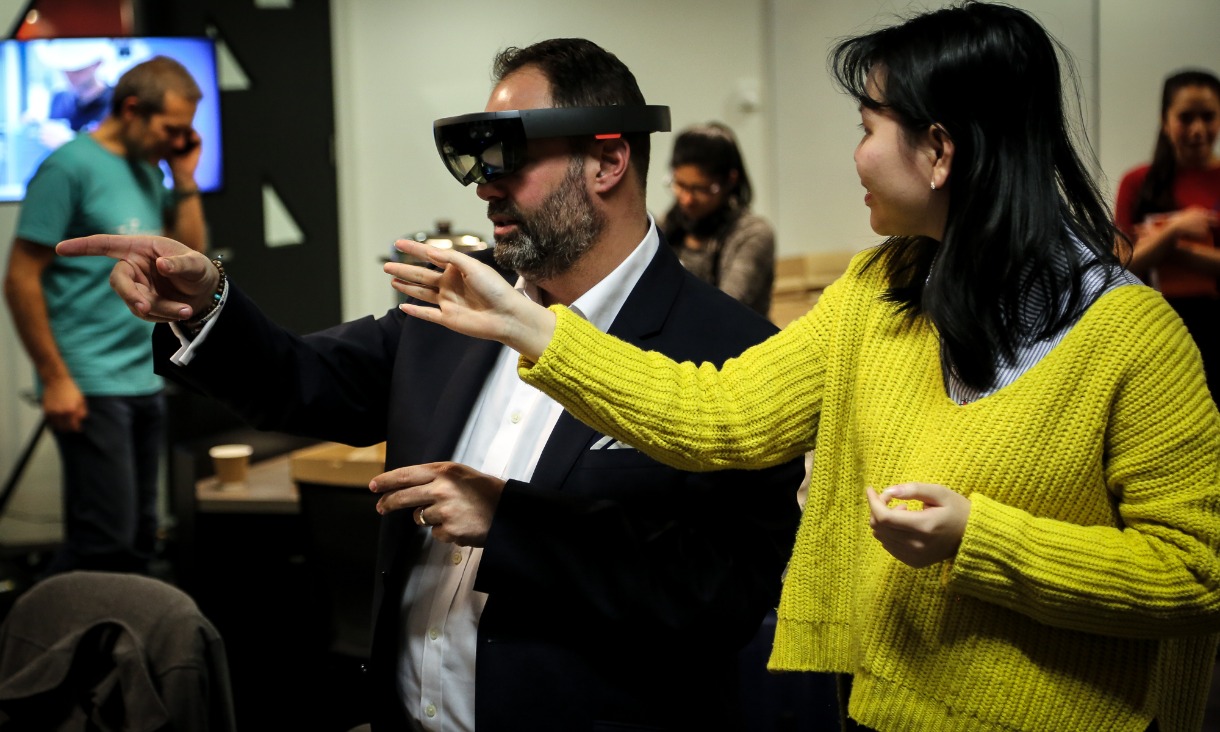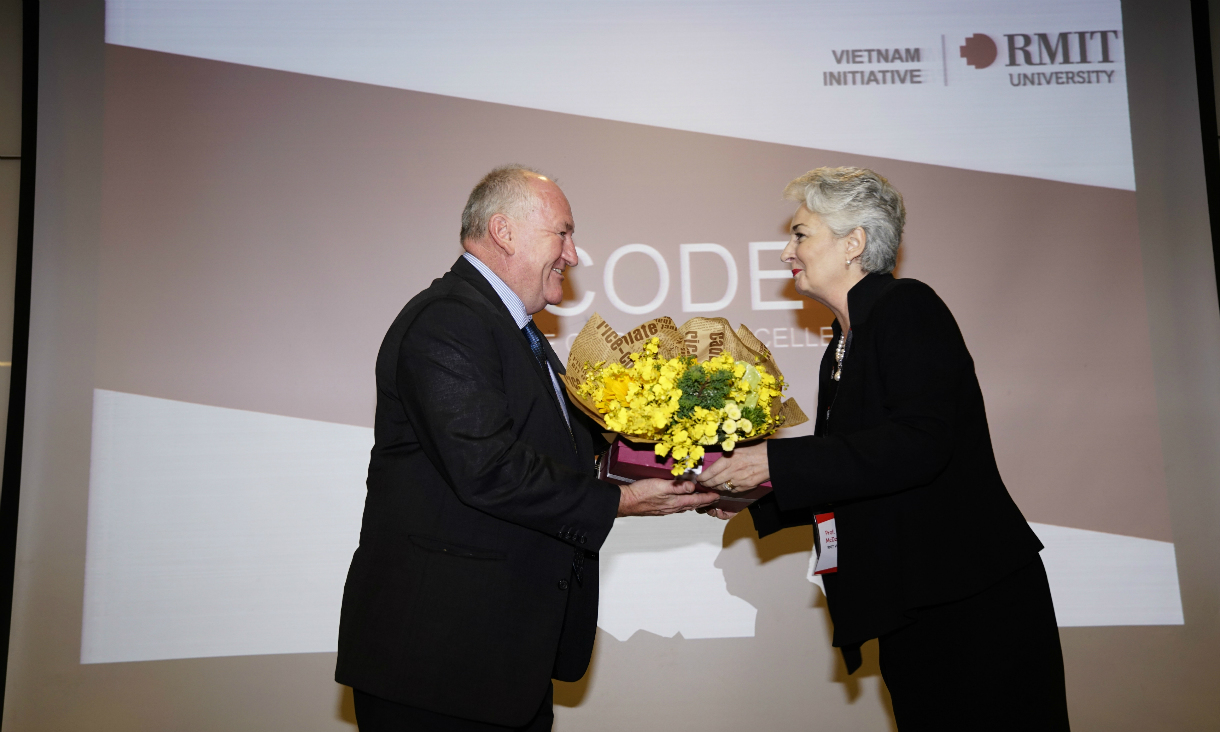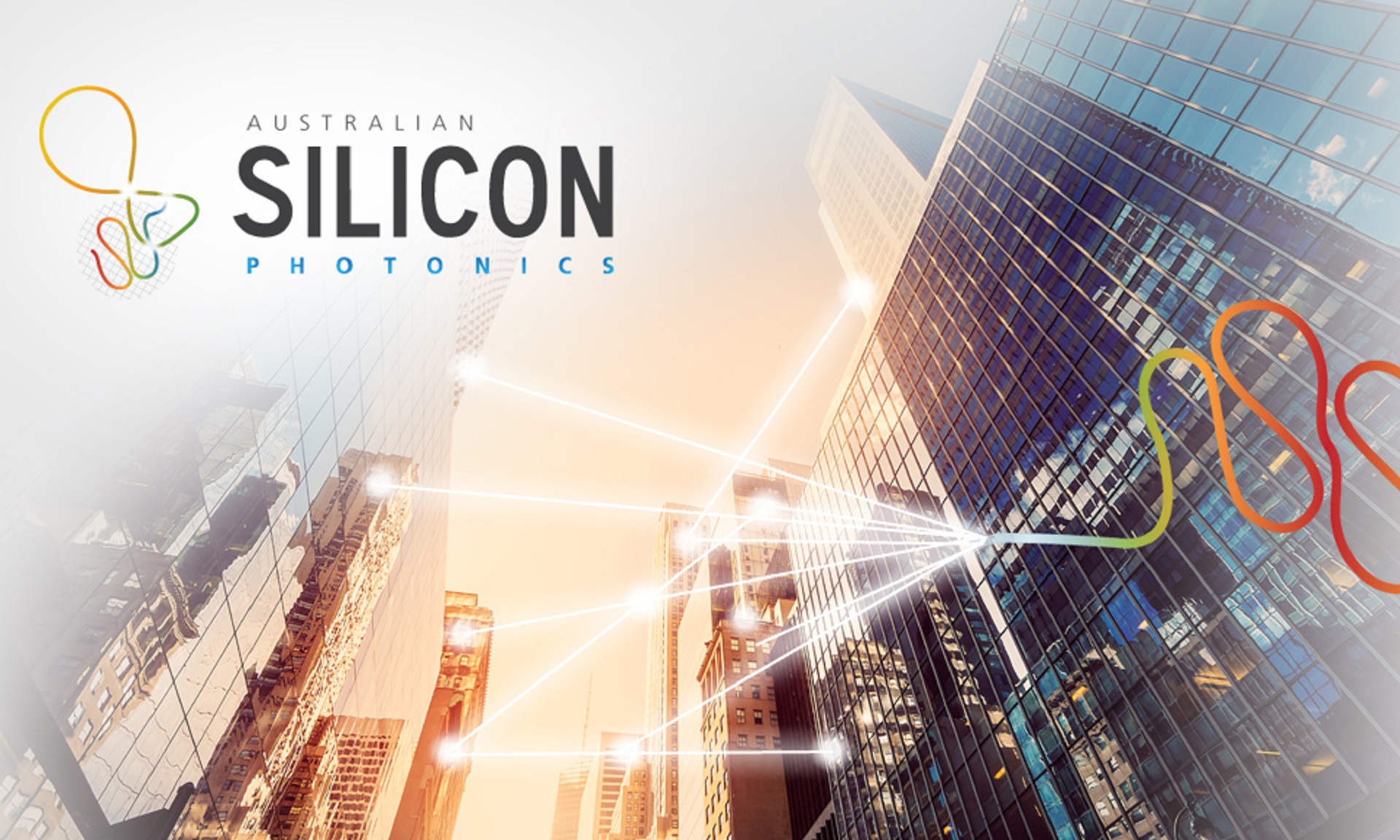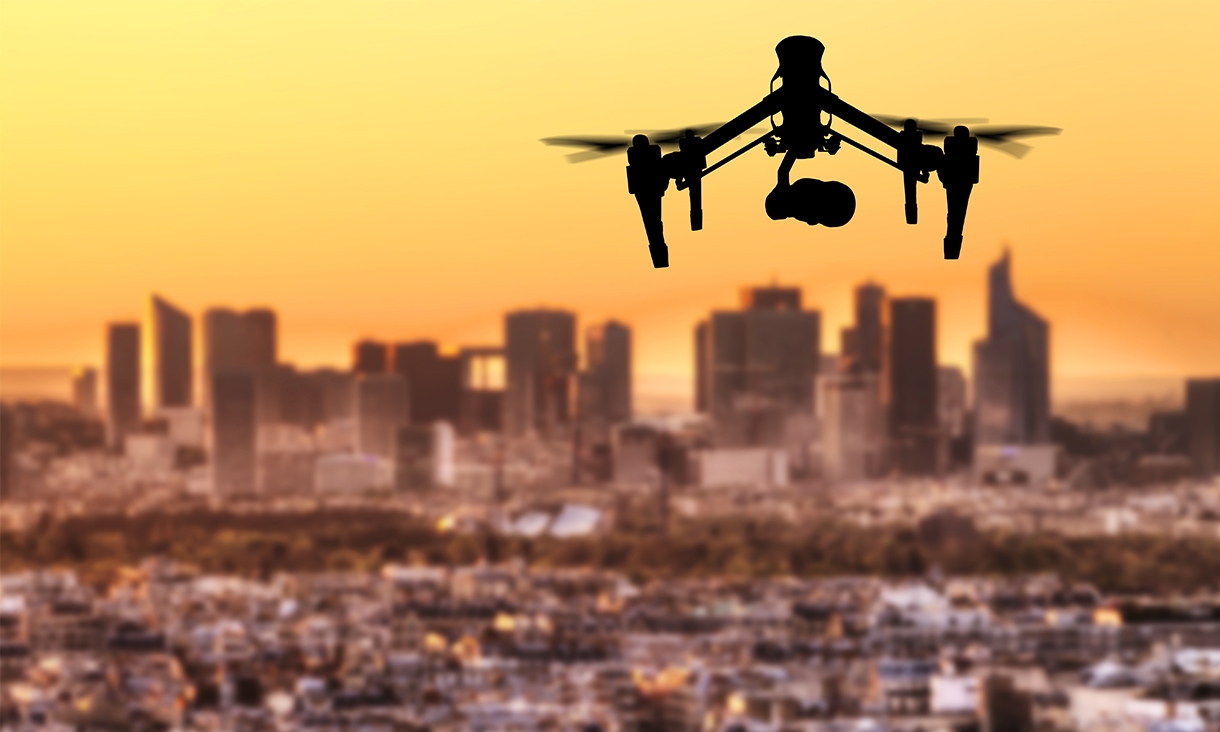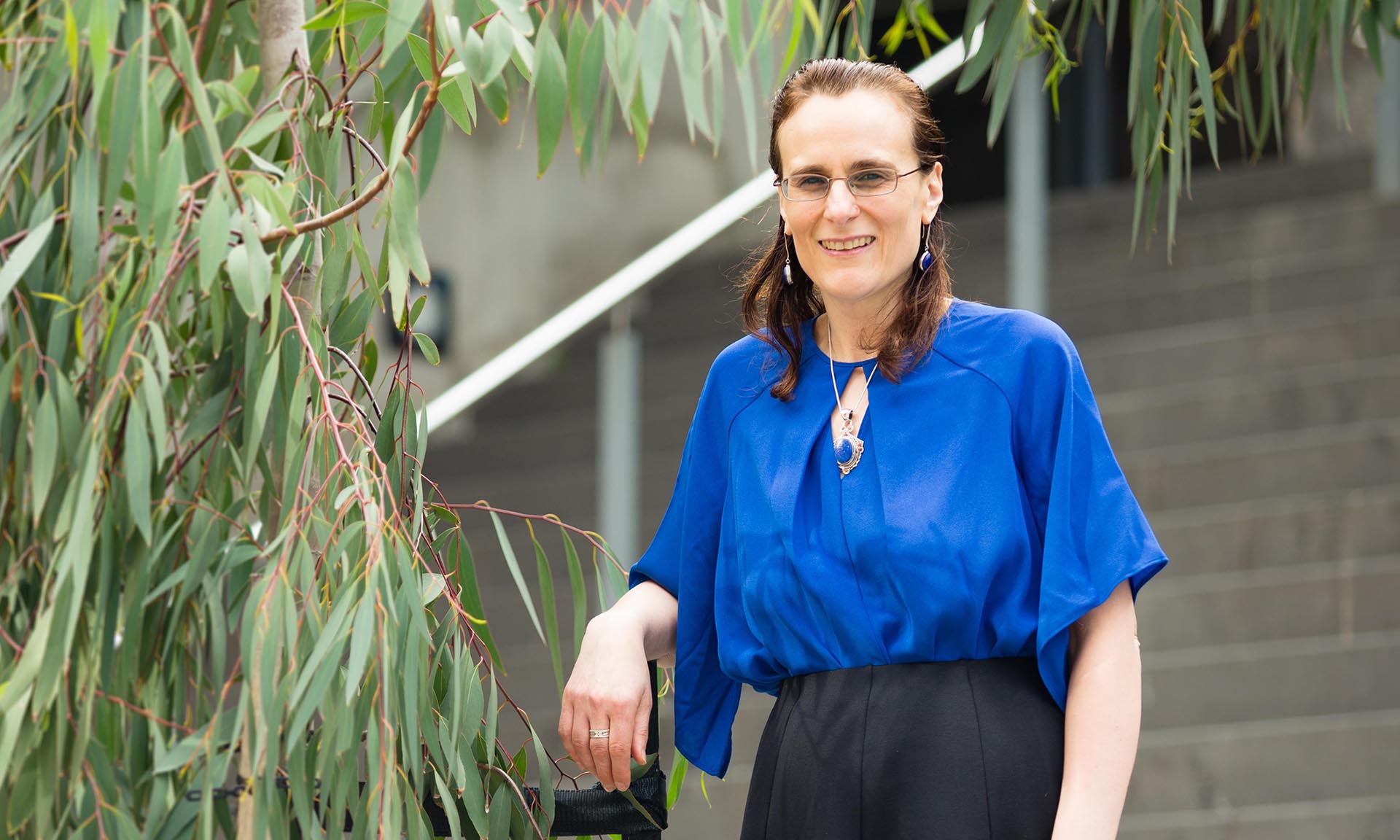Raphael said RMIT was training the IoT and AR experts of the future for the fastest-growing IT and Engineering sectors, and noted that these technologies were set to impact organisations across every industry.
He said by superimposing digital data and images on the physical world, AR was able to close a gap and release “untapped and uniquely human capabilities”.
“By putting information directly into the context in which we’ll apply it, AR expedites our ability to absorb and act on it,” Raphael said.
“It is going to transform how we learn, make decisions, and interact with the physical world…it will change how we serve customers, train employees, design and create products, manage value chains, and, ultimately, how enterprises compete.”
With connections and data, the IoT is now so advanced that it can even solve traffic congestion issues and reduce noise, crime, and pollution.
Consumers are still coming to grips with the value of IoT data, and while industry may be aware of the potential benefits, skills gaps have continued to stifle uptake.
According to the 2017 Mercer Talent Trends study, roughly 8 per cent of organisations globally believed they were digital organisations, with 77 per cent stating they were on a ‘digital journey’.
“We continue to partner with industry to lead in the rapidly evolving technology space – in line with our ongoing commitment to prepare our students for the future world of work,” Raphael said.
Breaking down long-held assumptions that IoT and AR were confusing, expensive and complicated, student hackathon teams were invited to use the PTC ThingWorx IoT and Vuforia Studio AR platforms to take on real-world problems presented by nine industry partners including Lendlease, City West Water, Wilson Transformers and SEA Electric.
Other real-world problems that were tackled over the two-day hackathon included using AR to reduce assembly times; monitoring laser cutting machine conditions; validating and testing products; and leveraging machine learning solutions for predictive maintenance.
Raphael said teams “moved beyond vanilla IoT to drive high-value solutions” that integrated real-time IoT data with Augmented Reality (AR), advanced analytics, machine learning and Artificial Intelligence (AI).

